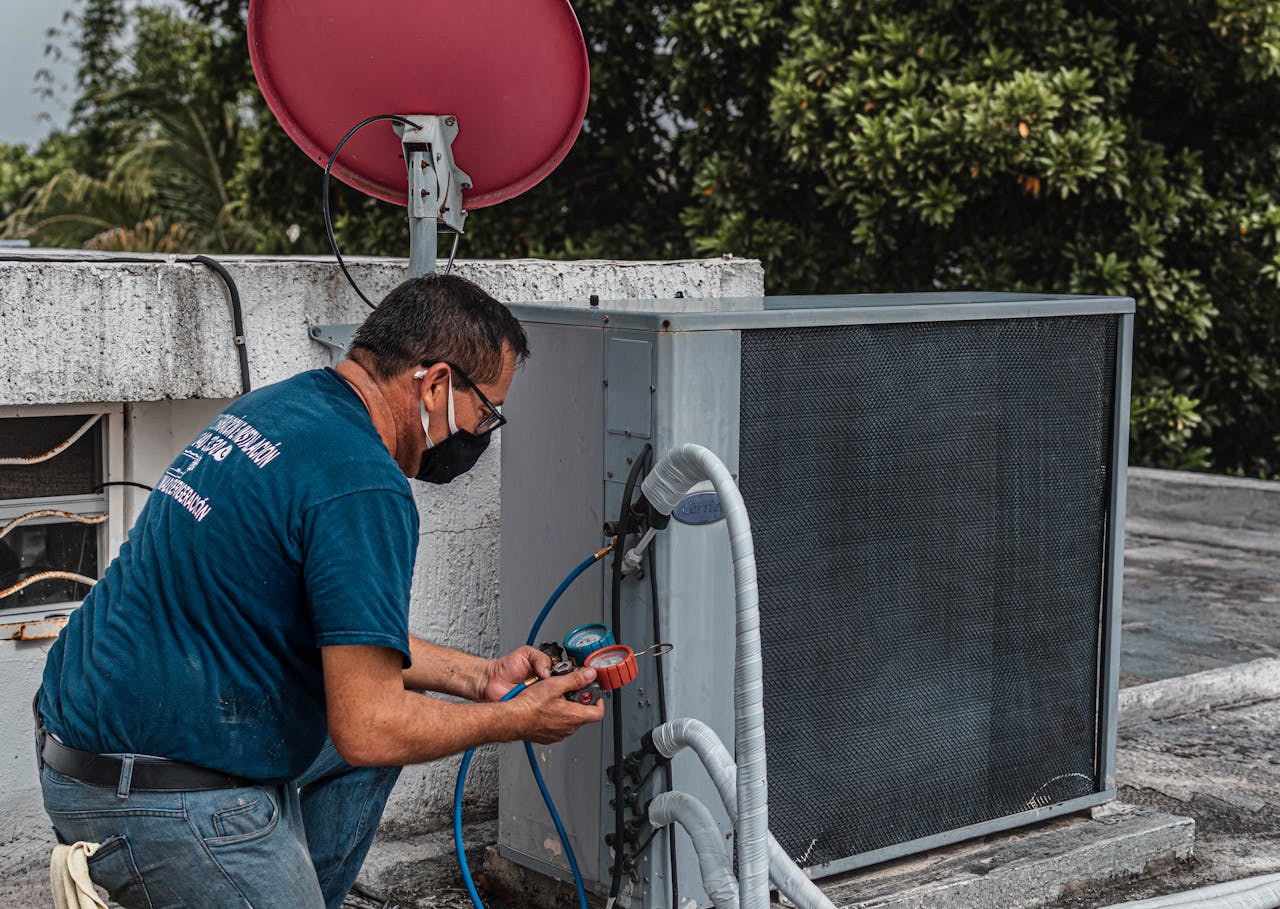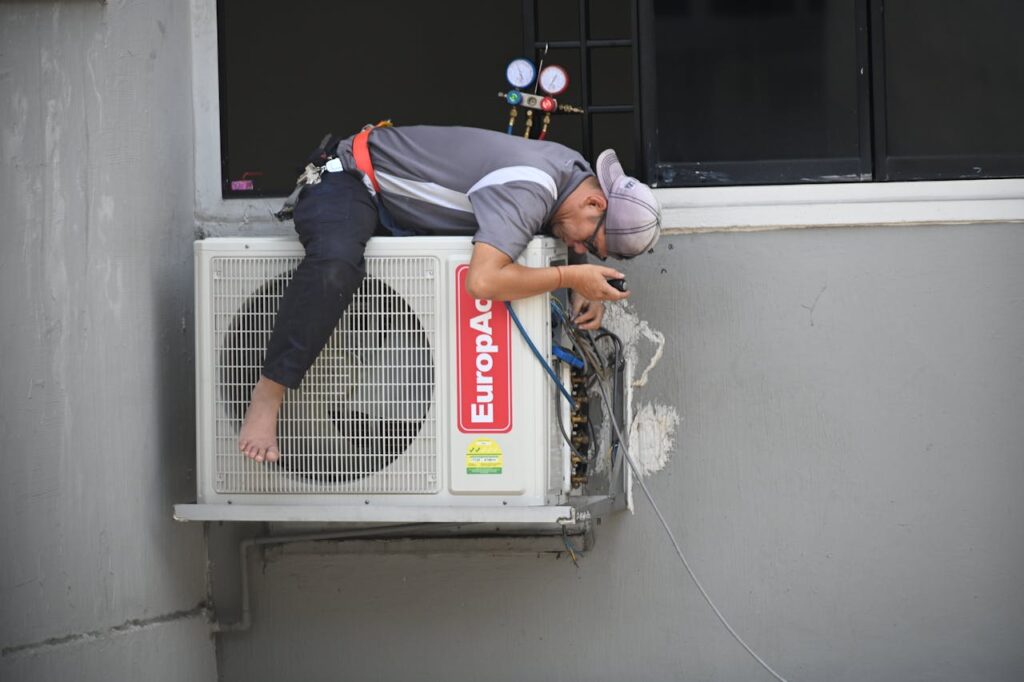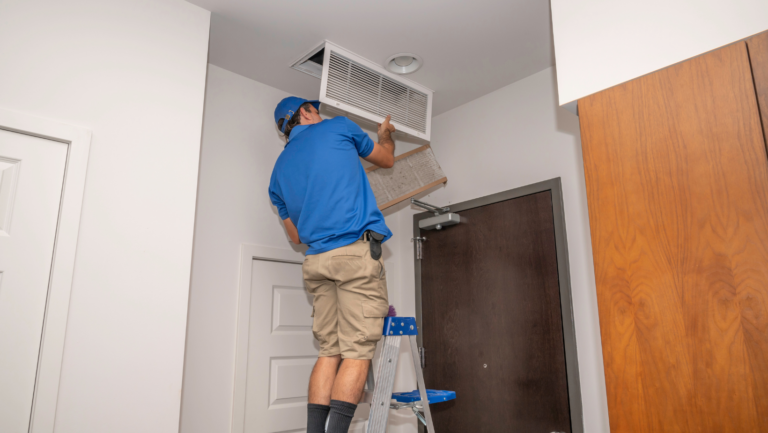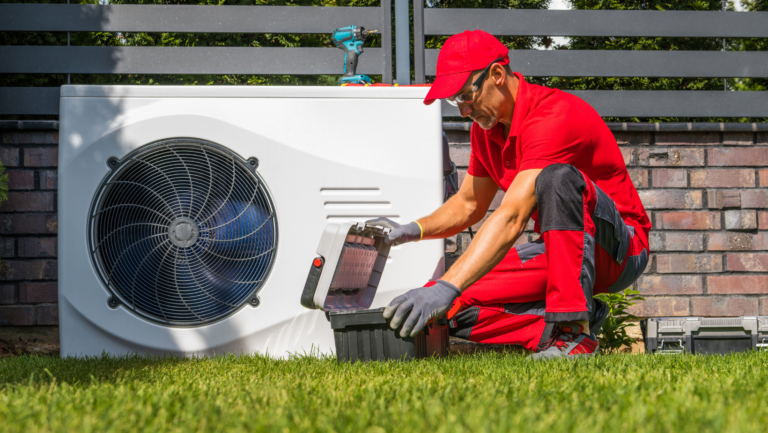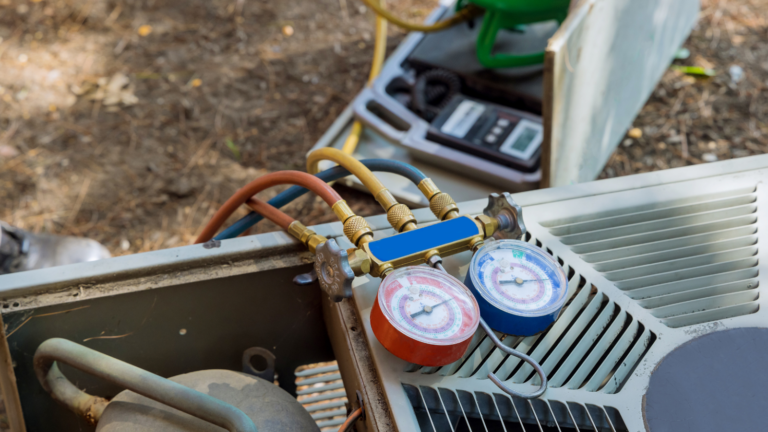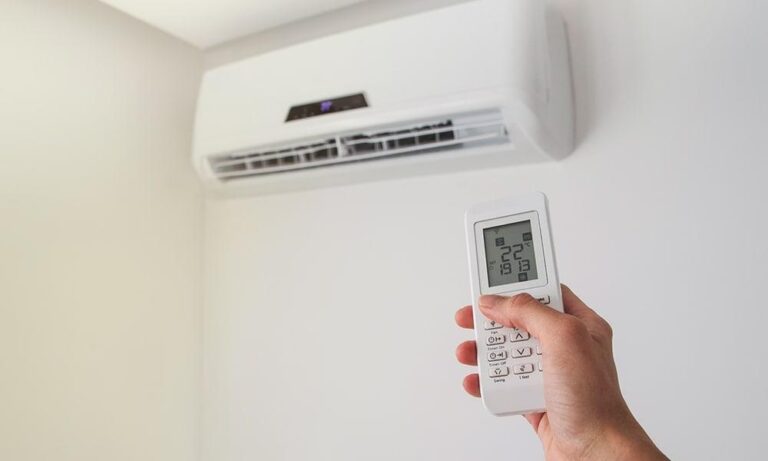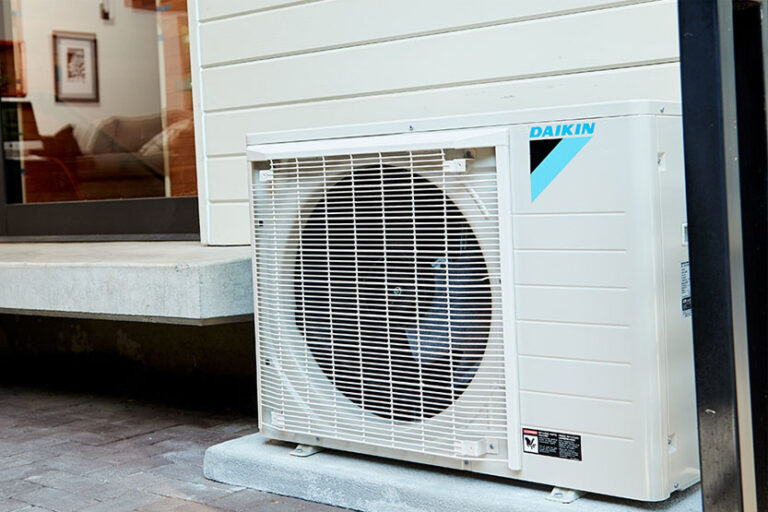Why 2-Line Sets Are Essential for HVAC Systems
Line sets are two copper tubes that connect the outdoor and indoor units of your HVAC system. One line sends refrigerant in; the other sends it back out. Together, they’re responsible for moving heat in or out of your home, depending on the season.
So why do they matter so much?
Because they handle the core function of your HVAC system which is heat exchange. Without them, your system can’t cool in the summer or heat in the winter. It’s a basic setup, but it does some heavy lifting behind the scenes.
When people talk about the essential 2 line sets of HVAC systems, they’re pointing to something easy to overlook but critical to system health. The benefits of 2 lines set HVAC go beyond function—they affect how efficient, quiet, and reliable your system is over time.
In this blog post, we’ll explore why 2 line sets HVAC systems matter, how they work, and what makes them essential to long-term system performance.
At Beam Airflow, we install and service HVAC systems with precision, starting with the line set and making sure every detail meets the highest standard.
SPEAK TO A QUALIFIED TECHNICIAN
Components of a 2-Line Set
A 2-line set is exactly what it sounds like; two copper lines that connect the indoor and outdoor units of your HVAC system. The HVAC line set purpose is to move refrigerant back and forth, which is how your system heats or cools your home.
Each line has a different job, and both are essential to keep things running smoothly.
Liquid Line
The liquid line carries high-pressure liquid refrigerant from the outdoor condenser to the indoor evaporator coil. Once it reaches the evaporator, the refrigerant expands and absorbs heat from your indoor air. This is part of how your home gets cooled.
You can usually identify the liquid line because it’s the smaller of the two pipes. It’s made of copper, typically uninsulated, and runs alongside the suction line. Since it carries liquid under high pressure, the line stays warm when the system is running.
Suction Line
The suction line handles the return trip. It carries low-pressure vapor refrigerant from the evaporator coil back to the outdoor condenser. Along the way, it pulls heat out of your house and releases it outside.
This line is the larger of the two and is always insulated. That insulation matters and without it, you’d lose efficiency and risk condensation issues. If you’re checking your system, the suction line will feel cold when the AC is running.
Importance of Proper Line Set Sizing
Line sets aren’t one-size-fits-all. Using the right size for your system makes a big difference in how well it runs and how long it lasts.
System Efficiency
When your line set is properly sized, refrigerant moves through the system at the right pressure and speed. This helps your HVAC system reach its intended efficiency rating, which means lower energy bills for you. It also reduces strain on the compressor, extending the system’s life.
Potential Issues with Improper Sizing
Here’s what can go wrong when the sizing is off.
- Undersized lines create resistance. Refrigerants have a harder time flowing, which increases pressure drop and reduces cooling capacity. The system works harder to make up for it, and that leads to higher energy use and faster wear.
- Oversized lines might seem like a safe bet, but they come with their own problems. A bigger suction line can interfere with oil return. Without proper oil circulation, your compressor can fail early. Oversized liquid lines can also throw off pressure balance, lowering system reliability.
Bottom line: wrong size, wrong results.
Installation Costs and Retrofits
Getting the line set size right from the start saves money down the line. If the sizing is wrong, your system may need a retrofit—cutting and replacing lines, recharging refrigerant, possibly updating coils. That’s time, labor, and cost you could avoid by using the proper HVAC line set sizing upfront. For new builds or replacements, it’s always smarter to size it right the first time.
Make sure your HVAC system is set up for long-term performance. Our team can help you get the details right, starting with the line set.
SPEAK TO A QUALIFIED TECHNICIAN
How to Install 2-Line Sets for your HVAC System
Installing a 2-line set starts with choosing the right materials. Getting this part right helps your system run efficiently and last longer.
Common materials used in line sets:
- Copper tubing: Most common, reliable, and durable
- Pre-insulated line sets: Save time during installation and reduce the risk of insulation gaps
- Flexible line sets: Easier to install in tight or awkward spaces
- Rigid line sets: Best for long, straight runs with minimal movement
- UV-resistant insulation: Helps protect against sunlight damage for outdoor sections
Next, consider how the lines are routed and placed. Avoid sharp bends and long, winding paths as they restrict refrigerant flow and reduce performance.
Line sets should be supported properly, protected from impact, and kept clear of areas exposed to excessive heat, moisture, or sunlight. Outdoor lines should be shielded from weather and pests to prevent long-term damage.
Insulation
Insulation plays a key role in keeping suction lines from sweating and losing efficiency. Only the suction line needs to be insulated, and it must be wrapped tight with no gaps. Damaged or missing insulation can lead to energy loss and moisture buildup. Use weather-resistant materials for outdoor sections. Always inspect insulation during installation and again during maintenance.
READ MORE: Does Home Insurance Cover HVAC Repair
Maintenance and Protection
Once your 2-line set is installed, keeping it in good shape is just as important as the install itself. Proper maintenance helps prevent small issues from turning into costly problems and keeps your HVAC system running efficiently.
Regular Inspections
Checking your line set should be part of routine HVAC maintenance. Look for signs of refrigerant leaks like oily residue or a drop in system performance.
Pay close attention to insulation, especially on the suction line. Cracks, gaps, or missing insulation reduce efficiency and can lead to moisture problems.
While you’re at it, don’t forget to replace your HVAC filter. A clogged filter can strain your system just as much as a damaged line set.
Catching these issues early saves money and extends the life of your system.
Line Set Protection Systems
Line set protection systems help shield the tubing from physical damage, UV exposure, and pests. This is especially important for outdoor sections where lines are exposed to the elements.
Protective components can include rigid covers, conduit, brackets, and UV-resistant wraps. These add a layer of defense that keeps the lines secure and helps preserve system performance. In many cases, they also improve the overall appearance of the install.
Beam Airflow can help you keep your HVAC system in top shape with expert maintenance and protection. Our team knows what to look for and how to fix it before it becomes a bigger issue.
SPEAK TO A QUALIFIED TECHNICIAN
Impact on System Longevity and Performance
The way you handle your line set affects more than just day-to-day comfort. It plays a direct role in how long your HVAC system lasts and how well it performs over time. That’s why understanding the 2-line sets HVAC function, proper sizing, and correct 2-line sets HVAC installation matters.
Below is how your choice of line set impacts system performance, efficiency, and cost.
- Energy Efficiency: A well-installed line set keeps refrigerant flowing at the right pressure and temperature. This maximizes energy efficiency and helps your system reach its rated performance levels.
- System Reliability: Line sets that are properly sized, routed, and protected support reliable operation. You’ll see fewer breakdowns and less stress on the compressor.
- Cost Implications: Ignoring your line set leads to problems that get expensive fast like refrigerant leaks or compressor failure. Investing in the right materials and setup reduces repair costs over time.
- Air Quality Impact: A compromised line set can lead to moisture buildup or refrigerant leaks, which may affect indoor air quality. Keeping the 2-line sets intact helps maintain a cleaner, safer environment inside your home.
- Noise Reduction: Correct 2-line sets HVAC installation can also reduce system noise. Poorly secured or kinked lines often cause vibrations or rattling sounds during operation.
Verdict: Why 2-Line Sets are Essential for Your HVAC Systems?
Your HVAC system’s performance depends on more than just the indoor and outdoor units. The HVAC system 2-line sets tie it all together. When installed correctly, they keep refrigerant moving smoothly and your home comfortable year-round.
But installation alone isn’t enough.
Skipping proper sizing, insulation, or placement can lead to common HVAC line set problems. Leaks. Pressure issues. Poor cooling. Even system failure.
Make sure you’re using the right HVAC line set types for your system and layout.
At Beam Airflow, we know what it takes to get line sets right. We help homeowners avoid costly mistakes with expert installation and service.
If you’re not sure your system is running as it should, let our qualified techs take a look.

